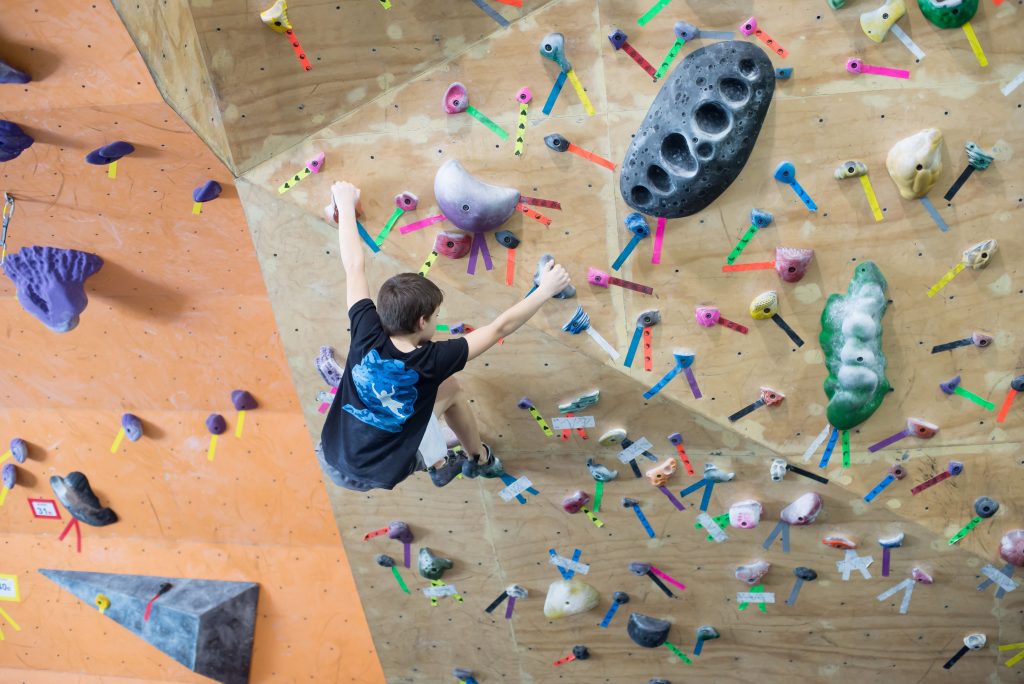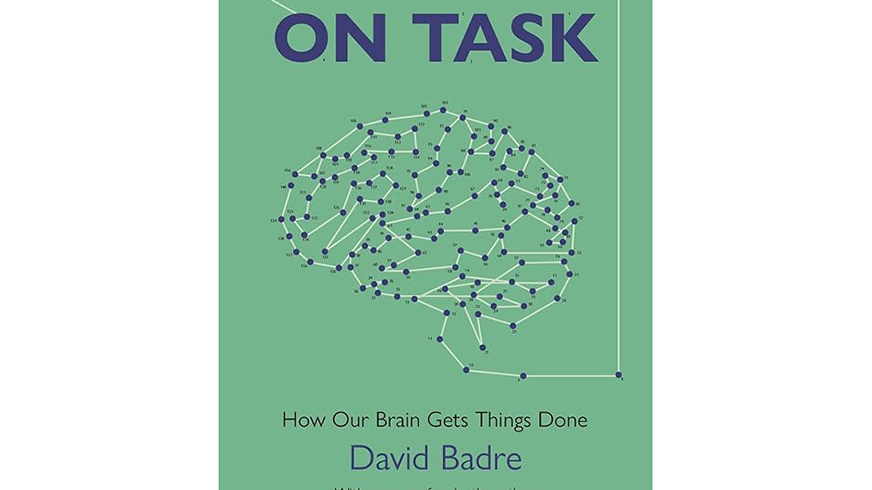Make It Stick: The Science of Successful Learning offers students, educators, and life-long learners suggestions to improve learning and retention. It explains why some common study practices are alluring, but ineffective. Authors Peter C. Brown, Henry L. Roediger III, and Mark A. McDaniel support their recommendations for effective learning techniques by drawing on their own cognitive psychology research at Washington University, the work of other prominent neuroscience and psychology scholars, and the revealing personal stories from students, teachers, and coaches.
Many students study by rereading lecture notes or assigned materials, and they often study in one massed chunk immediately preceding an assessment. These study strategies make the learner feel as though he is absorbing the necessary information quickly and with little resistance. In reality, rereading and cramming fill a student with an “illusion of knowing” but are ineffective for long-term retention or deep learning. Students should seek learning opportunities with “desirable difficulty” because when learning is challenging, it is more likely to lead to retention.
The idea that teaching to different learning styles increases students’ or other types of learners’ success is not empirically supported and the authors consider it an ineffective practice. While people have preferences about the way in which they receive information, matching teaching to a student’s preferred mode of receiving information does not improve performance.
Fortunately, Brown, Roediger, and McDaniel suggest several effective teaching and learning practice. Two effective strategies to promote learning are interleaving the study of multiple diverse concepts and reviewing concepts at multiple points in time. Make it Stick is written with these principles in mind; the same concepts are reintroduced and discussed in new context several times throughout the book. Studying multiple types of problems at once (interleaving) facilitates recognition of the unique qualities of a problem so that in a novel context the concept is still identifiable. This is more akin to how we use information in real life. Spacing learning is valuable because it provides some time during which forgetting can occur. The more often a student retrieves partially forgotten knowledge or skills the more easily and completely he will retrieve it in the future.
The authors advocate frequent quizzing, either by the student herself (e.g., with flashcards) or by an instructor giving multiple low stakes exercises. Reflecting about what one has learned helps a student see what concepts he needs to review and ultimately promotes long-term retention. The authors suggest that mnemonic devices help cue memory. In particular, “memory palaces” are a strategy based on the Greek method of loci, in which one remembers many ideas by associating them with a particular spatial location. Using the visual memory of a place, which is easier to recall, prompts the verbal or conceptual memory. Associative learning of this sort is accompanied by neurogenesis, the creation of new neurons, in the hippocampus, which is a memory center in the brain.
People can improve their own learning by focusing on understanding the rules governing a category of information, rather than by attending to the individual exemplars. Understanding the broad framework helps people retain more information because they distill the concept to its essential components. For example, high achieving people with dyslexia have reported that their ability to think creatively about big picture concepts, even when decoding individual words is a struggle, has led to their success.
Learners can increase their achievement by persevering through challenges. Citing Carol Dweck and Anders Ericsson’s work, Brown, Roediger, and McDaniel demonstrate that students who believe that their intelligence is fixed are less likely to attempt tasks at which they think they may not succeed. Those who believe effort and learning can increase intellectual abilities will take on challenging tasks. It is engagement with these sorts of challenging tasks and the grit to persevere in the task—even when one fails—that are critical for mastery.
Make it Stick concludes by reviewing how students can implement these tips in their studies. They suggest that teachers, professional trainers, and coaches should incorporate these techniques into their classrooms and coaching. Educators should explicate for students what techniques they are using and why those techniques matter for improving learning and memory. Implementing these strategies increases for the learner the information that will stick.
Brown, P.C., Roediger H.L. III., & McDaniel, M.A. (2014). Make it stick: The science of successful learning. Cambridge, MA: Harvard University Press.




